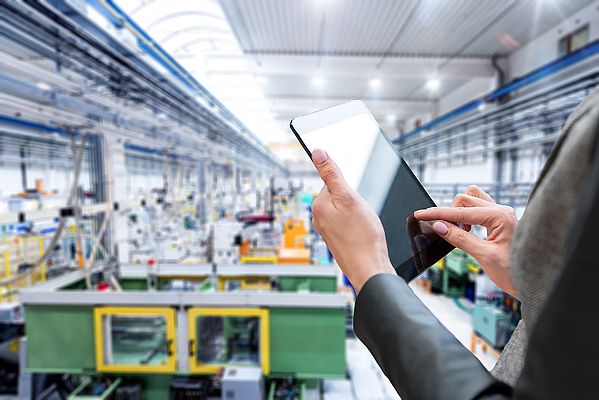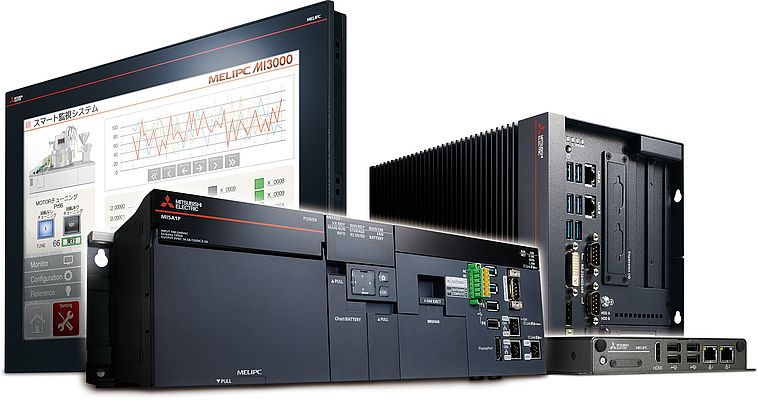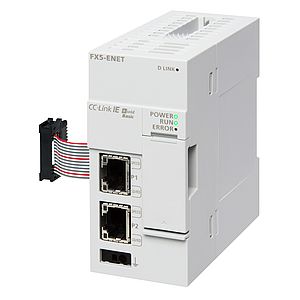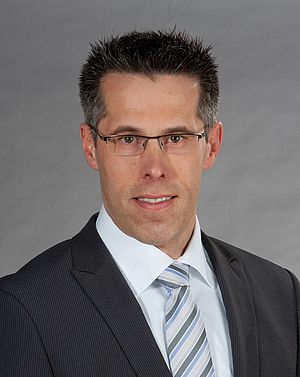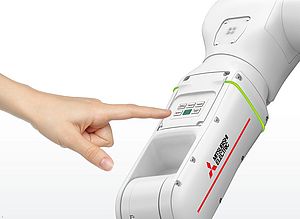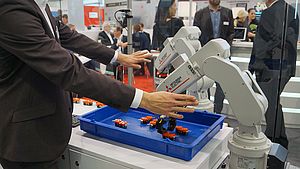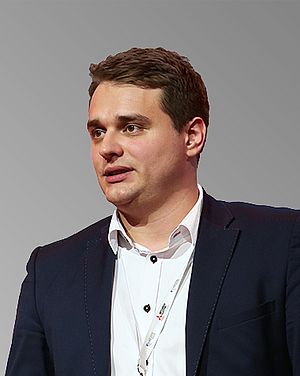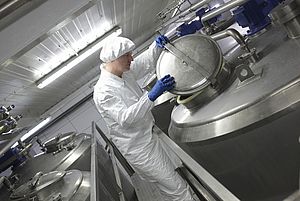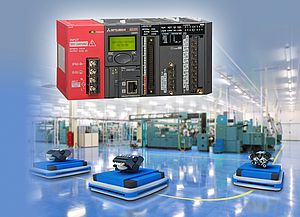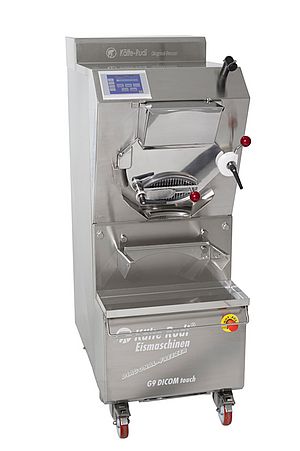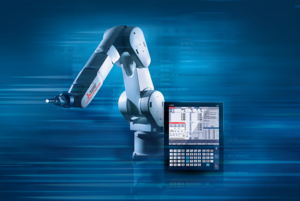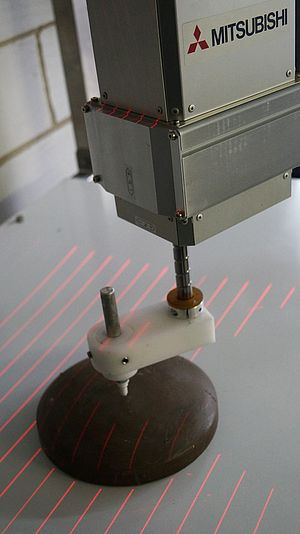The drive behind the convergence of the operational technology (OT) and information technology (IT) layers of a business is not new. But in recent years, the need to completely bridge what has traditionally been separated has taken on a new urgency. Only with seamless integration between the OT and IT environments can manufacturers hope to push their digital transformation forward.
IT and OT platforms have evolved to deal with different types of data with different processing requirements. The OT world now operates in real-time with process speeds of seconds or below; the IT world in contrast operates at much greater sampling times, from minutes to hours or longer.
This difference has defined a natural divide between these two worlds, but behind the model of Industry 4.0 is the need for the OT and IT spaces to each capitalise on the data the other can provide.
Bridging the gap implies more than just a mutually compatible network. As an example, OPC UA has emerged as a viable communications option for transferring data between IT and OT, but it does not address the issue of how systems in these two environments should be set up to translate and use the data they are receiving. It cannot prevent the problem of one swamping the other with high volumes of unfiltered data instead of just the relevant information that is needed to drive genuine improvements in operations.
Managing high volumes of data
Inevitably, increased communications between fast-growing numbers of smart devices will create the need to manage a far higher volume of data. This requires the creation of a platform for efficient data analytics and data transfer between the OT and IT levels. In-practice, this is the key to achieving true convergence between OT and IT, and the challenge is to handle all that data in a structured way, filtering out unnecessary ‘noise’ and turning data into information.
It is tempting to look to the cloud for such a solution, but this is more of an extension to the IT structure than it is a genuine bridge between the plant floor and the higher-level business systems. Yes it can provide useful and essential data analytics functions, but not the real-time aggregation and analytics that are needed at the OT/IT bridge.
A more appropriate solution for OT/IT convergence is provided by the new smart technology that is appearing at the ‘Edge’. These industrialised Edge computing solutions live at the ‘sharp end’ of the data collection process. They are able to perform sophisticated data analysis in real-time, increasingly making use of AI algorithms and machine learning to deal more intelligently with data and make improved production efficiencies a reality.
Further, these Edge computing systems can provide filtering functions so that only the data that is necessary and relevant is passed from one level of the enterprise to the other. This can considerably reduce the cost of data processing, where pricing is often attributed to the number of data points processed.
To provide manufacturers with just such a convergence bridge, Mitsubishi Electric has launched the MELIPC Edge-Computing solution. It takes care of all connectivity issues ‘downstream’ to the plant level, supporting all of the major open networks and removes the problem of interfacing with machines or plant assets controlled by disparate automation vendors.
It provides a real time data logging and processing environment in a ruggedized industrial form factor. From a data processing perspective, it incorporates a suite of analytical tools such as multiple regression analysis, the Mahalanobis-Taguchi system and Statistical Process Control (SPC) and AI functionality such as Similar Waveform recognition – giving feedback to the plant floor in real time.
All manufacturing plants have the potential to transform and become smart operations. It is true that the digital transformation of a business is dependent on tighter integration between the worlds of OT and IT than we have seen before, but Edge solutions can provide a natural bridge in a format that both sides of the divide can embrace.
By Christian Nomine, Strategic Product Manager Visualisation, Mitsubishi Electric Europe B.V.


